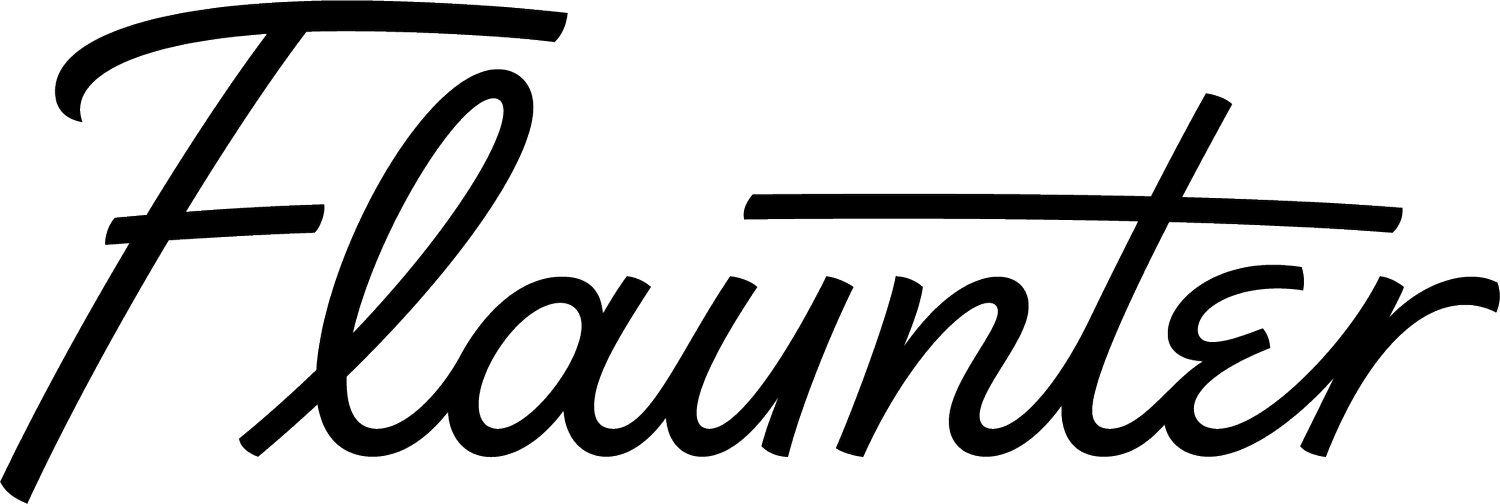Spot the Difference: Brand vs Branding
When two terms look pretty much the same, it’s far too easy to get our wires crossed. Get your head around these industry buzz words with our guide to brand, branding and how to use both to grow your business.
As an avid iPhone user, I can honestly say I’ve experienced my fair share of autocorrect awkwardness. I’m all too aware of how the smallest differences can completely change the context of a message. Even though words can look the same, swap a few letters and chances are you’re saying something totally different.
While using “brand” instead of “branding” isn’t going to land you in the autocorrect hall of fame, it will cause confusion and can actually harm your business strategy. At first glance, it’s fairly easy to assume the terms are interchangeable. The addition of an “i-n-g” is a pretty common one that we all got our heads around in primary school. But in this case, the suffix isn’t pointing to a verb. It’s actually signalling a whole new word with its own meaning and its own way of affecting your business. In this post, we’ll help you get your head around these industry buzz words. You’ll learn what they mean, how they’re different and our top tips for using both to grow your business in the right direction.
What is a “brand”
Think about Coles, Woolworths, BMW, Apple. To an alien invading earth, these are words are a collection of letters with no real meaning. But to us, we hear these words and we associate them with products and services; things we’ve bought, experiences we’ve had and memories we’ve made.
We’re not just thinking about a logo, colour scheme or packaging, we’re pulling from everything we know, think and feel about a company and are identifying with it in a particular way. This is what a brand is: the meaning, feeling or story that goes along with the name.
What is “branding”
Branding refers to the tools and strategies we use to try and influence the way people see and think about a brand. Making business cards, posting to our Instagram accounts, writing on our blogs and commissioning an advertising campaign are all examples of branding in action.
But be warned: branding isn’t just for graphic designers and advertising gurus because it’s happening all the time. Every email, every caption, every product and every interview will send out particular messages about your brand that will influence the way people feel, think and relate to it. This means that branding is happening each time a customer interacts with your brand, no matter for how long or for what purpose.
If you’re still a little hazy on what branding is, think back to those Mac vs PC ads that used to dominate our TV screens. Ran by Apple, they’d feature two guys who assumed the roles of a Mac and PC respectively. The PC guy would always wear an outdated, ill-fitting ensemble and liked talking about spreadsheets. The Mac guy would be in jeans and a hoodie, with sneakers, stubble and an interest in music, movies, fast systems and simple operations. This is a straight-out example of branding, where Apple personified their brand and used clothes, appearance and dialogue to make us think about them in a particular way.
How does this help my business?
When it comes down to it, the truth is that you can’t determine what your brand is. It will always be your customer who prescribes a specific identity with your business and their interpretation of your brand will differ slightly from anyone else’s.
This is why branding is so important. It helps to mould your brand and influence the way people receive it, interact with it and connect with it. But how can you make sure your branding is successful? How can branding help to develop your brand and grow an identity?
Keep it consistent with a standard approach to everything from colours, products and tone of voice. Having a consistent message that is duplicated across your brand reinforces your identity and makes it more likely that your customers will pick up what you’re sending out.
Keep it authentic with a strong handle on who you are, what you’re offering and what you want to be. With so many businesses competing for attention, customers are more likely to make genuine connections with your brand if you come from an authentic place.
Keep it growing by acknowledging that your brand will always be a work in progress. Your brand will always need to be evolving and adapting, with layer upon layer upon layer of branding all combining to create an identity.
Keep it connected by prioritising your audience and creating meaningful relationships with your customers. All of your branding should reflect the relationships you create or hope to create in the future.
More industry terms you just can’t wrap your head around? Check out our PR Dictionary or get ready to grow your brand with our guide to writing a business plan.
IMAGE CREDITS: GUCCI SS17 (BANNER); GLASFURD & WALKER FOR PETITS VILAINS; WEDESIGNSTUFF FOR REACT; A FRIEND OF MINE DESIGN STUDIO FOR RESIDENT GP


